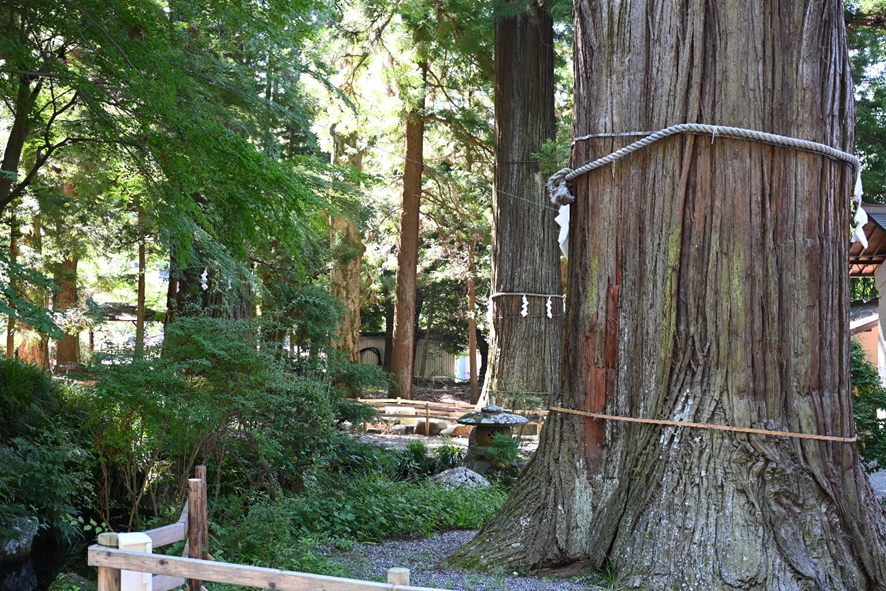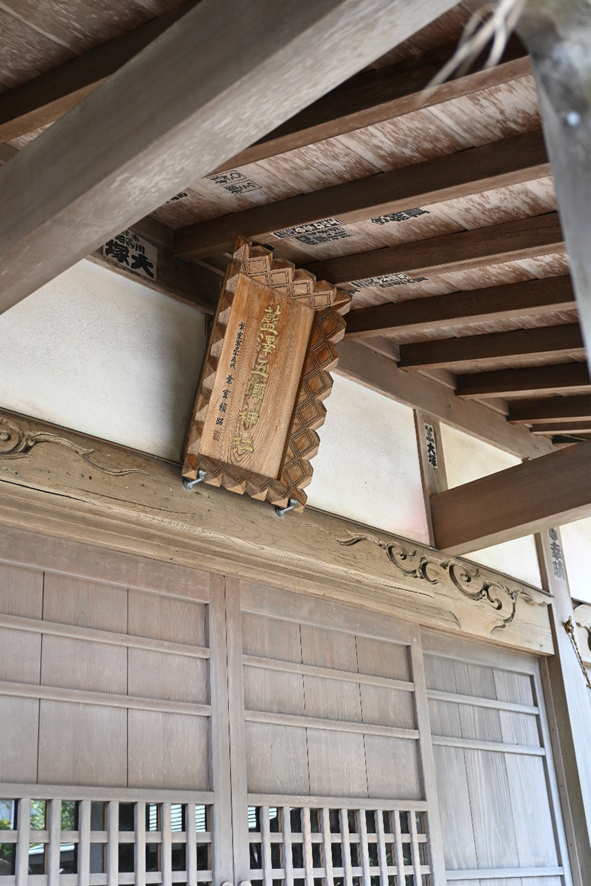Sengen Shrine: From Lake Kawaguchi to Gotemba ~ SEP, 2025 ~
- 羽場 広樹

- Sep 3
- 5 min read

Asama is an archaic word meaning volcano, originally called "Asama" and then "Sengen" from the Middle Ages onwards, and coupled with the worship of Mount Fuji, there are many Asama shrines around Mount Fuji. As the intense heat continues into September, I decided to wander around and see what kind of shrines are lined up, partly to escape the heat. First, I went to Oishi Park to worship Lake Kawaguchi and Mount Fuji. The first snowfall is expected to occur on October 2nd on an average year, but I wonder if it will actually snow in just one month.

Even on a weekday morning, Arakura Fuji Sengen Shrine was packed with international tourists. While the main attraction was Mount Fuji, visible from the shrine grounds, a sign next to the torii gate read, "Let's make a pilgrimage first," which must be a problem for this shrine. Climbing further up from the main hall, you'll find the Chureito Pagoda (five-story pagoda), a photogenic spot with the famous Mount Fuji and the pagoda. Over 90% of the visitors were there to take photos, but the sight of the silent shrine maidens sweeping their brooms and the sparse crowd of worshippers was strangely memorable. Many private parking lots in the area charge 1,000 yen and fill up quickly. There were only three cars in the shrine's 1,500 yen parking lot, so we parked easily and completed our pilgrimage. The high parking fee is a small price to pay considering it covers the shrine's operating costs, including those of the shrine maidens.

Kawaguchi Asama Shrine is said to have been founded by the provincial governor Tachibana Sueshige, who reported to the Imperial Court during the Jogan eruption (864). There have been three major eruptions of Mount Fuji in recorded history: the Enryaku and Jogan periods in the early 9th century, and the Hoei period during the Edo period, but the Jogan and Hoei eruptions were particularly large. During the Jogan eruption, lava flowed northwestward, splitting what was then a single lake, Senoumi, into Lake Motosu, Lake Shoji, and Lake Saiko. The seven cedar trees within the shrine grounds are 1,200 years old, and part of the remains of the rituals from that time are located in front of the main shrine.

Fuji Omuro Sengen Shrine, located on the southern shore of Lake Kawaguchiko, is said to be the oldest shrine on Mount Fuji, and was not founded as a result of any particular eruption. It was well protected by Takeda Nobutora and Takeda Shingen, and a stone monument commemorating the shrine's founding is even erected. The shrine was off the route of the lava flow from the aforementioned Jogan eruption, and although a large amount of ash fell during the Hoei eruption, it flew mainly eastward, which is why shrines near Lake Kawaguchiko likely avoided devastating damage. The shade of the trees on the main approach, close to the lake, made for a pleasant stroll in the cool breeze.

Crossing the prefectural border into Subashiri, you will come across the East Exit Fuji Sengen Shrine, where you can worship Mount Fuji from the Shizuoka side. The tower gate built by the lord of Odawara is beautiful, but during the Great Hoei Eruption, the shrine was buried under more than 3m of ash, causing great damage to the gate and the shrine itself. One volcanic bomb weighing one ton was placed within the shrine grounds, which was sent flying during the eruption. The energy of a volcano is indeed enormous.

The main deity of Asama Shrine is Konohanasakuyahime, who appears in both the Kojiki and the Nihon Shoki. It is said that Ninigi-no-Mikoto, who descended to earth in the so-called Tenson Korin (the descent of the heavenly grandson), spent a night with the unparalleled beauty Konohanasakuyahime, and gave birth to Yamasachihiko, the grandfather of Emperor Jimmu, in the fire. It is believed that the volcanic eruption and the birth of a god are linked, leading to the deity's enshrinement at Asama Shrine. Some books suggest that Yamata no Orochi represents lava flows caused by volcanic activity in Izumo during the Jomon period, and the connection between volcanic activity and the creation of myths is probably not uncommon in Japan.

Subashiri suffered extensive damage in the Hoei eruption mentioned above, but the Odawara domain, which ruled the area, found it difficult to recover and returned the territory to the shogunate, which then took direct control of the area. Kanto Gundai Ina Tadanori worked hard to rebuild the affected areas, but was dismissed after donating rice from the shogunate's storehouse to farmers suffering from starvation. In the Meiji period, Ina Shrine was founded, and it still commands the respect of the local community today.

When you enter Gotemba city, you will find a row of unique shrines. In the grounds of Kanbayama Shrine, there are many firecracker-like objects hanging. I wondered what they were, but apparently, when you get sick, you borrow small scissors from the shrine, place them under your pillow, and then return them to the shrine when you recover.

Akira Kurosawa's "Seven Samurai" was filmed at Ninooka Shrine. In front of the main hall, there is an old lantern that was donated by Omori Yoriharu. Yoriharu expanded his territory to Odawara and built Odawara Castle, but during his grandson's generation, it was captured by Hojo Soun, who attacked from Izu, and the castle fell into ruin.

At Shimbashi Sengen Shrine near Gotemba Station, underground water from Mount Fuji springs up, and local residents frequently come to have their plastic bottles carried. While there is a threat of volcanic eruptions in the area, the benefits of the spectacular scenery and famous water are hard to give up. Add to that the warm climate and the abundance of fish in Suruga Bay, and you might think that being covered in ash once every hundred years is a risk worth tolerating and accepting.

Aizawa Gokyo Shrine enshrines the five nobles who were arrested and executed as ringleaders in the Jokyu War, and Hamuro Muneyuki Chunagon was beheaded here. It seems that His Majesty the Emperor also visited the shrine when he was Crown Prince(Naruhito Shinno). As a result of this major incident, three retired emperors, including Emperor Gotoba, were exiled, but the Kamakura shogunate showed no mercy to the courtiers. Originally, the Imperial Court feared the impurity of death, so the death penalty was not a punishment for a long time during the Heian period, but it may have also been meant as a warning that the world had become a samurai world. However, all five of these men were beheaded while on their way to be escorted away from Kyoto and Kamakura.

The shrine building is inconspicuous on a small plot of land, but the plaque features calligraphy by the 35th head of the Hamuro family, Mr. Hamuro Yoriaki. He passed away in 2009, but was a practicing physician (plastic surgery) who graduated from Osaka University and served as the chief priest of Kasuga Taisha Shrine.

The website of Arakura Fuji Sengen Shrine has a famous photo of cherry blossoms, snow-capped Mount Fuji, and the five-story pagoda. I can imagine that it must be quite noisy on sunny days.





Comments